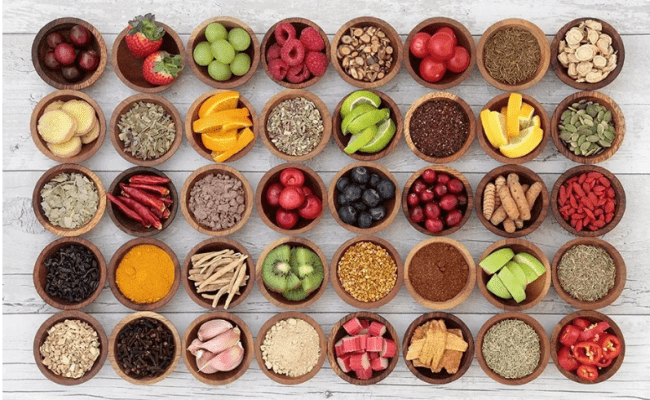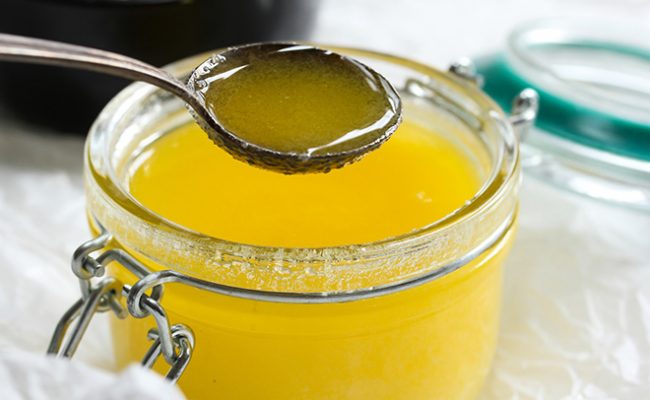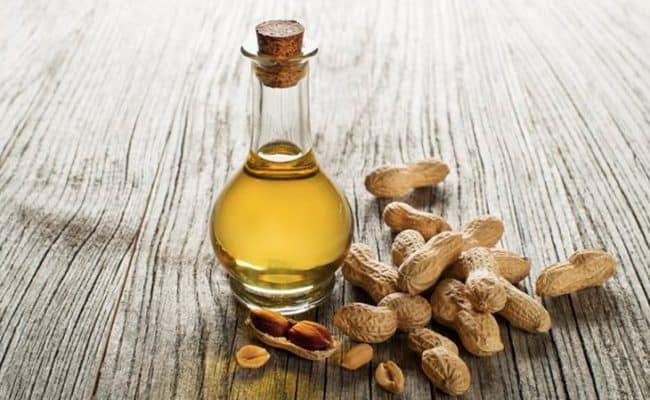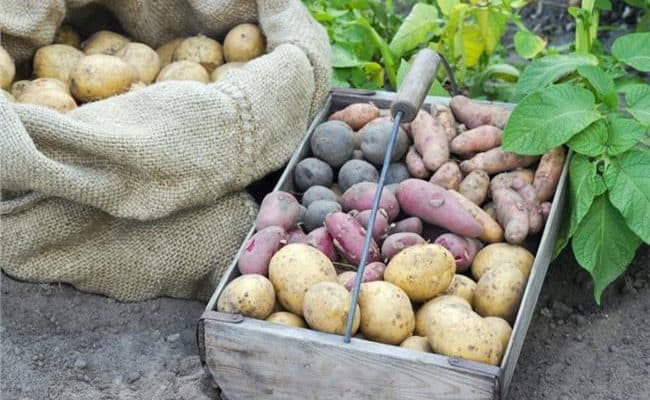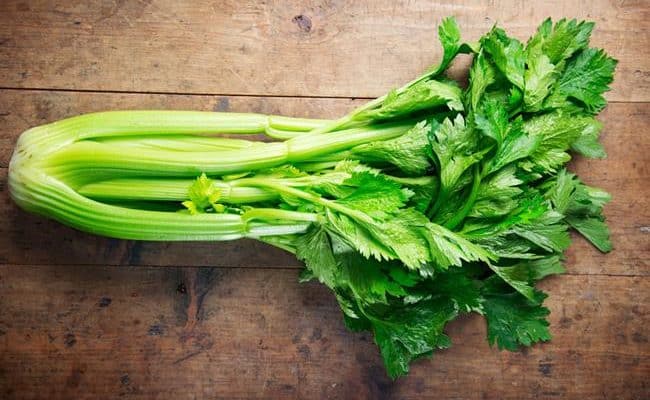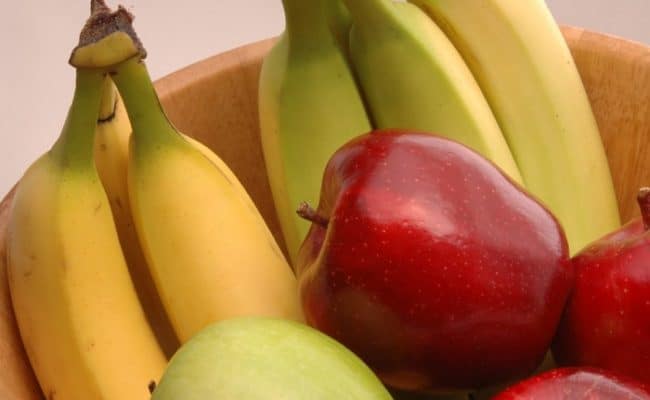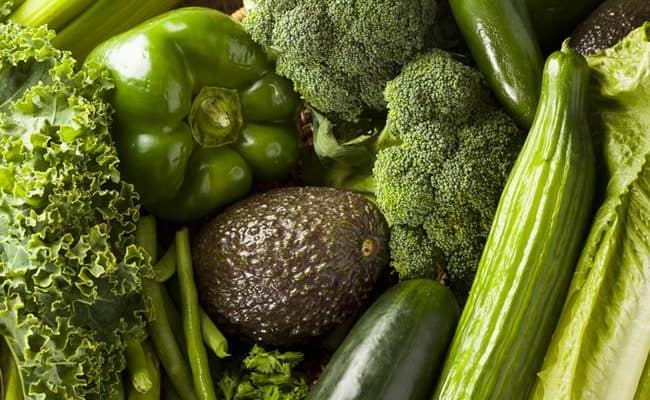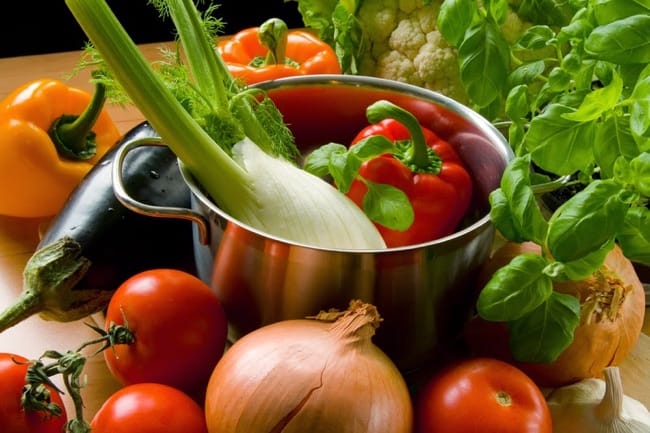
Even though eating vegetables has many well-known health benefits, most people still struggle to get the recommended servings of vegetables per day. In fact, only about 10% of American adults get the recommended servings of fruits and vegetables per day. Eating raw veggies in salads or as a snack is a great way to up your intake, but adding more vegetables while cooking can be an easy way to increase your veggie intake too.
Cooking vegetables the proper way can help ensure you are getting the most nutrition from your vegetables, as not all cooking methods produce the same amount of nutrients.
In general, you want to avoid long cooking times and boiling vegetables in a lot of water that is discarded. In fact, according to research from University of Warwick, boiling broccoli may lower its cancer fighting properties.
Sautéing or stir frying
Sautéing means using a hot pan with a little amount of oil to cook vegetables. This method can best be used for already soft vegetables like snow peas, peppers and onions. Stir frying has the same concept, but the term technically means a higher heat and constantly stirring ingredients in the pan.
Cooking vegetables in a small amount of heart healthy oil can actually help absorbing more fat soluble nutrients from the vegetables. Vitamins A, E and K are fat soluble nutrients that vegetables are high in.
Make sure you are cooking the vegetables for the most minimal amount of time necessary to maintain heat sensitive nutrients, and keep the vegetables al dente.
Steaming or pressure cooking
Steaming is a common way to heat vegetables up with minimal effort. Steaming is different than boiling because steaming uses less water. Steaming should mean the vegetables are not completely covered in water, and the steam from the boiling water in a pan is what is cooking the vegetable.
Make sure to set a timer when steaming vegetables, as it can be easy to overcook them if you leave them on for too long. In general, most vegetables only require about 5-7 minutes for steaming.
Using a pressure cooker is similar to steaming, but the time is shorter and heat more intense.
Pressure cooking requires only a small amount of water like steaming, and vegetables could cook as quickly as a few minutes. A down side with pressure cooking is you need the right equipment, and it’s easy to overcook or burn your pan if you’re not careful.
Roasting or grilling
Roasting or grilling are considered a dry heat method; you don’t need to worry about nutrient loss through water.
Grilling or roasting vegetables can help lock in flavor and create a caramelized outside of vegetables.
Like other cooking methods, it’s best if grilling or roasting times are kept short over high heat to help retain most nutritional value.
Boiling or simmering- use the liquid
Sometimes recipes call for cooking vegetables in a cooking liquid for a longer time. This can actually work without sacrificing all the nutrients from vegetables if you still use the cooking liquid as part of the recipe.
For example, when making a stew or soup, if you need to cook vegetables, use the cooking liquid as part of the broth. That way you can still get some of the nutrients that leaked out of the vegetables and they aren’t wasted.
Increasing your intake
No matter how you cook vegetables, see how you can practically get more in your diet. What are foods you already eat that you can easily add some veggies to?
For example, if you make eggs in the morning or as an evening meal, you can easily sauté some veggies with your eggs for a veggie scramble or for an omelet.
If you’re cooking pasta, add in some frozen or fresh veggies to your sauce to bump up the nutritional value.
Conclusion
With only 10% of the general population getting the recommended amount of fruits and vegetables per day, most of us can stand to bump up our daily veggie intake.
Adding vegetables during your cooking process can be an easy way to bump up your intake.
However, using proper cooking methods can really impact your nutritional value of the vegetables.
In general, you want to cook vegetables with minimal heat and water because these two things can detract nutrients from vegetables. Using the cooking liquid of vegetables can also help retain some of the lost vitamin C or B vitamins from vegetables in water.
Sautéing or stir frying with a small amount of oil can heat vegetables up quickly. Cooking vegetables with some heart healthy fat can also increase the absorption of the fat soluble nutrients from vegetables.
Steaming vegetables is another way to cook them for a short amount of time with minimal loss of nutrients from water.
References used in this article

